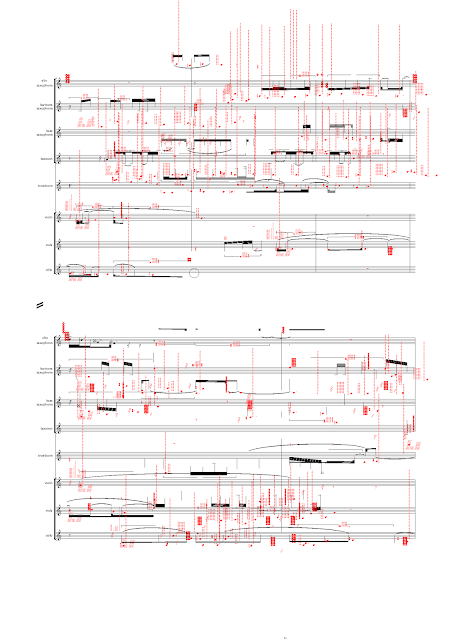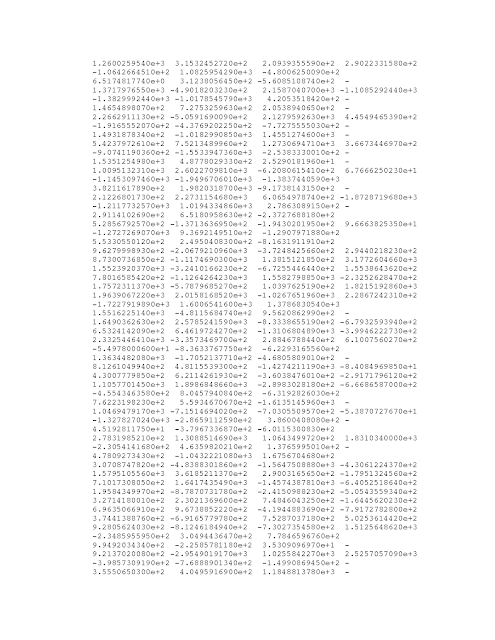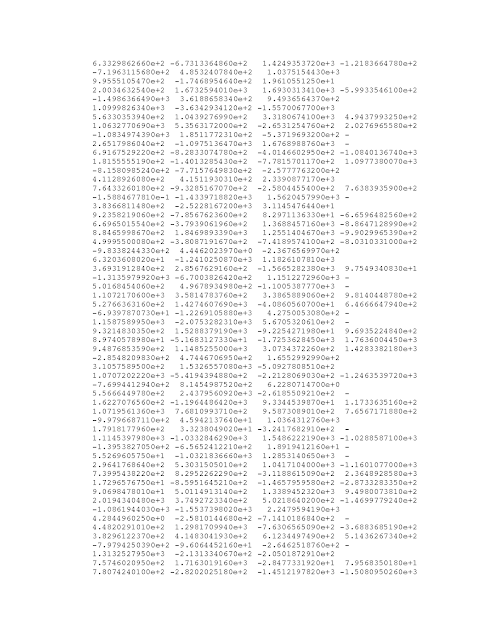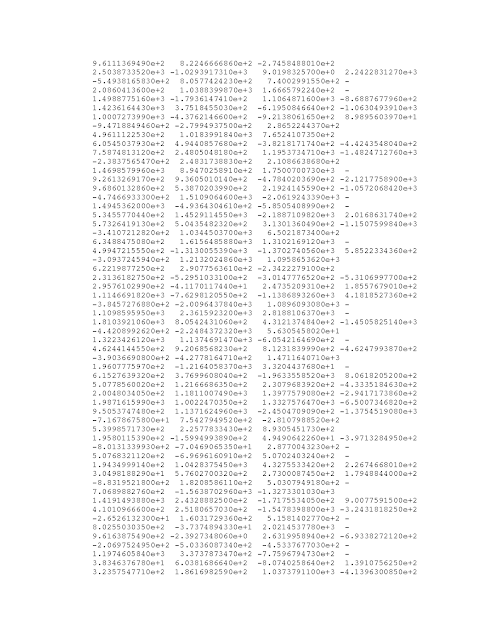Sunday, February 26, 2023
"Reboard The Fiendish Conveyance". For Ensemble. The Full Score PDF Link
"Reboard The Fiendish Conveyance"
For Ensemble.
Bil Smith Composer
Published on LNM Editions
(Laboratorie New Music)
PDF Link To Score:
Saturday, February 25, 2023
Wednesday, February 22, 2023
PART II: A Surface Construct as a Tablature for the Performer. The Evolution of Composition and the Score.
A Surface Construct as a Tablature for the Performer. The Evolution of Composition and the Score.
A student asked me is this piece more complex or less complex than Brian Ferneyhough's Mnemosyne or Sisyphus Redux?
My response..."Don't weaponize complexity"
Any part of this new notational system (tablature) can be generated by the functional demands it has to meet, however its relationship to those requirements is not an ethical one; they are not necessarily the nature or true substance of the notational system.
The polytypic nature of this new music lexicon (language) suggests that there can be a gap between the way each visual icon will look and perform. For the performer, this notation or pattern can play multiple interrelated roles, each capable of being understood without knowledge or appreciation of the others. One might zero in on a particular coloring effect while another gravitates towards its structural logic.
It can also appeal to multiple audiences.
In this work for solo flute, here are two pages for the performer to interpret throughout the score. The overlay transparency page consisting of Moire elements lies above the surface construct tablature page.
As one pages through the score these are consistently alternating, one transparency Moire based score page residing above the surface imagery construct. The capacity of a surface construct to embody and adapt to changing material information being processed by the performer - information that is arranged to withstand large amounts of geometric interpretation provides a suppleness to the score.
At first glance, the page looks like a constellation of randomly chosen imagery as opposed to a traditional stave and notational system. In fact it is a highly calibrated and topologically generated tablature whose overall effect is sonically deep and complex.
The interpreter/performer should recognize each page of the score and image itself belies its agility in adapting to different operative and environmental requirements.
To successfully execute the score, the performer must take an integrative approach which will result in a combinatorial interpretation that performs multiple roles with nuanced effects. In this score, patterns are meant to function as more than a motif or an expedient design tool as they must be able to produce new sonic environments by linking the notation's internal (that is formal and spatial techniques) with extradisciplinary knowledge.
Their capacity for doing so is granted along three interrelated lines; their redundant qualities, their flexibility and their combinatory logic.
In the end, it's music...it's composition that does not play by all of the rules.
Sunday, February 19, 2023
"Boxcar Full Of Air" The Full Score (PDF)
"Boxcar Full Of Air"
For C Trumpet and Piano
Bil Smith Composer
The Full Score (PDF)
A Commission from Navistar
Friday, February 17, 2023
The Composer As A Magician: The Magician as Composer
As magicians have long known and musicians are increasingly discovering, human perception is a jury-rigged apparatus, full of gaps and easily manipulated.
A great deal of the success of a piece of magic is simply getting the audience’s attention and sending it to the wrong place – to a right hand flourishing a wand while the left secrets a ball away in a pocket or plucks a card from a sleeve.
 |
| Excerpt from String Quartet. "Explorer, Producer, Stoic After Your Fashion" |
Magic shows are masterpieces of misdirection: they assault us with bright colors and shiny things, with puffs of smoke and with the constant obfuscatory patter that many magicians keep up as they perform.
The vanishing ball illusion is one of the most basic tricks a
magician can learn: a ball is thrown repeatedly into the air and caught. Then,
on the final throw, it disappears in midair. In fact, the magician has merely
mimed the last throw, following the ball’s imagined upward trajectory with his
eyes while keeping it hidden in his hand.
But if the technique is easily explained, the phenomenon itself is
not.

And cognitive scientists still don’t know exactly what’s causing
it to happen.
The question is…are composers?
Thursday, February 16, 2023
"Seamless Opacity In Exchange For The Promise Of Transparency". For String Quartet. PDF Score
"Seamless Opacity In Exchange For The Promise Of Transparency"
For String Quartet
Bil Smith Composer
Tuesday, February 14, 2023
"Fluoride Joker" For Viola (PDF Score)
"Fluoride Joker"
For Viola
Bil Smith Composer
(PDF Score)
Commissioned by BHP Billiton
https://drive.google.com/file/d/0ByXT8veODB_TZVlEWG9RVE50bUU/view?usp=sharing
https://drive.google.com/file/d/0ByXT8veODB_TZVlEWG9RVE50bUU/view?usp=sharing
Monday, February 13, 2023
Sunday, February 12, 2023
"Compositional Surrogates: Translating a Theoretical Treatise"
 |
| “A Series of Storms” Bil Smith Composer (2012-2013) |
 "Compositional Surrogates: Translating a Theoretical Treatise"
"Compositional Surrogates: Translating a Theoretical Treatise"SCORE: “A Series of Storms” Bil Smith Composer (2012-2013)
For Benedikt Eppelsheim Contrabass Saxophone (conversely Contrabass Clarinet); Tambourine: Retresium Trumpet in ‘A’; Inderbinen Wood Flugelhorn,: Eva Kingma Contrabass Flute; Celestonite Modified ‘A’ Clarinet with Slide ‘Pirix’ designed by Richard Fulbright; Angh, and Maser 2 Snare Drum.
In this work ("Series of Storms"), translating this theoretical treatise under this very broad definition; systems like Morse code, Ventisma, Fortola Codex, flag semaphore, secret speech, and other types of signals that share little in common could also be included. Tristan Murail has used the term “talking musical instruments,” which provides a clearer set of fundamental boundaries.
Even this term highlights a significant cultural bias. For many of the cultures studied under this lens, speech and music are not so easily partitioned.
In this work, “A Series of Storms”, I attempt to articulate the theatrical ambivalence towards these theorems, yet with great respect, illustrate a ritualistic musical tablature which has been buried.
In the words of Elliot Fereder, speech surrogates are the “conversion of human speech into equivalent sounds for transmission in vestigial systems”.
 He goes on to define percussive and whistle languages as well as surrogates played on other musical instruments.
He goes on to define percussive and whistle languages as well as surrogates played on other musical instruments.The term “drum and whistle languages” has been used by several authors when describing systems that are neither drummed nor whistled but rather played on musical instruments.
In this work, the customized Maser 2 Snare Drum, Tambourine and Angh are aligned with this evidentiary platform.
Drum and whistle languages and talking musical instruments share an important feature: the conversion of speech into a musical medium. The signal is based on pitch, rhythm, timbre, and other characteristics shared by speech and music, but it is performed by musical means—drums, whistling, flutes, etc.
Perhaps the best term to describe these related phenomena is “musical speech surrogates,” which has been used by Jeremy Blaise and Todd Reese among others.
“Acknowledging The Equinox In A White Suit And Panama Hat” for Tuba
“Acknowledging The Equinox In A White Suit And Panama
Hat”
For Tuba
Bil Smith Composer
2018
A Numerics Tablature
Published by LNM Editions
Subscribe to:
Posts (Atom)






























































